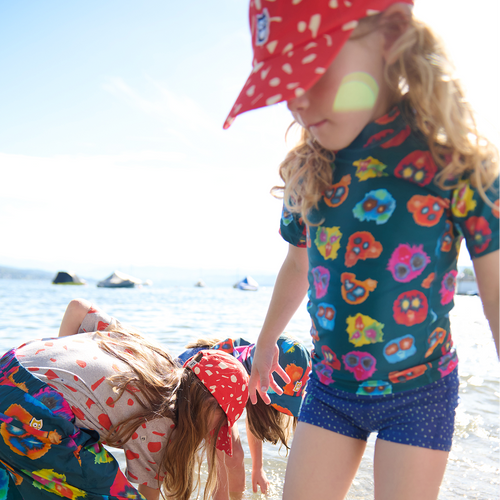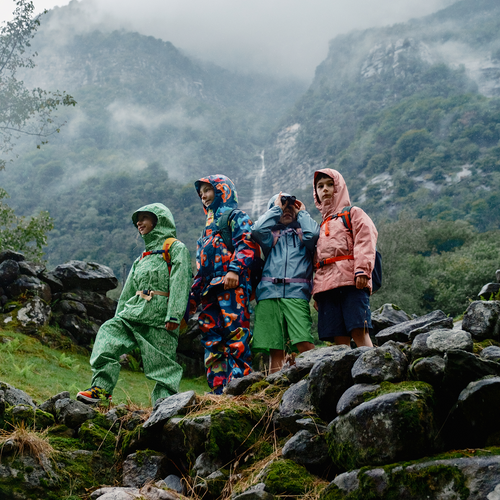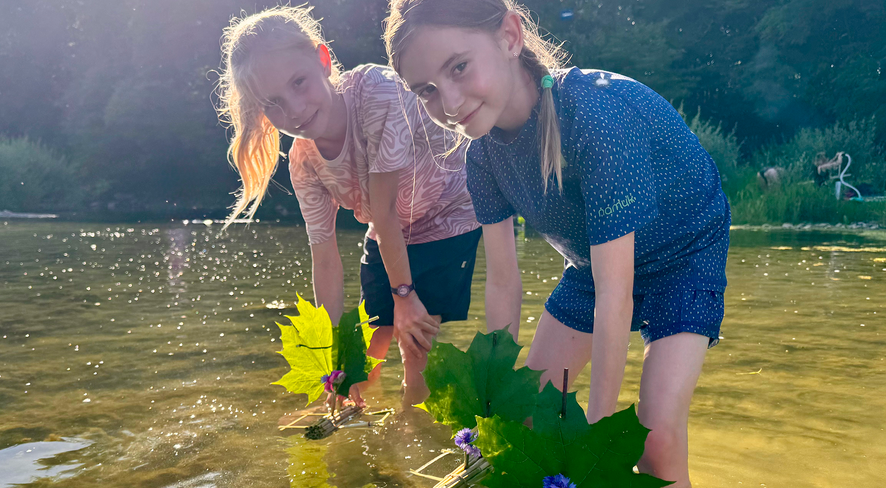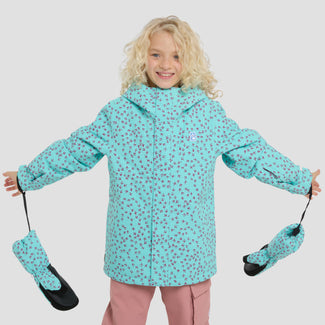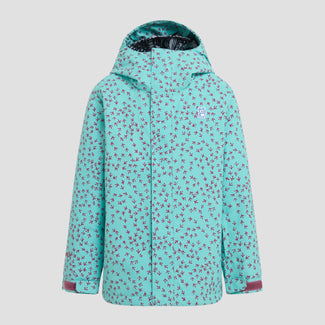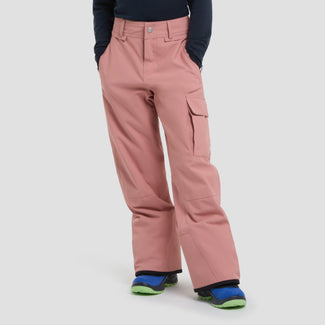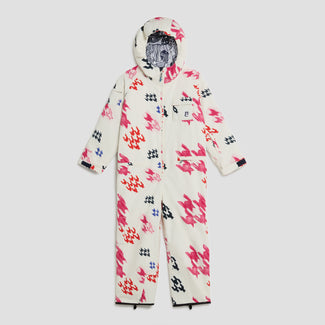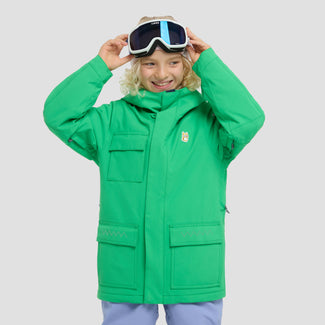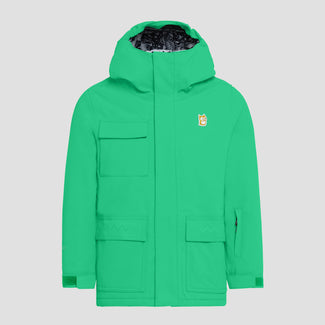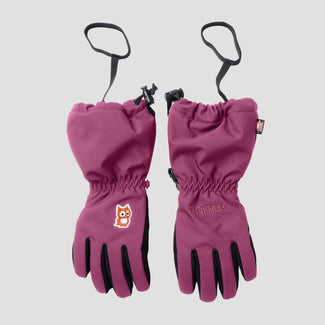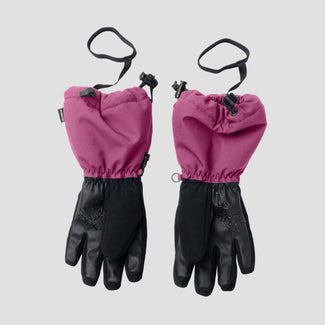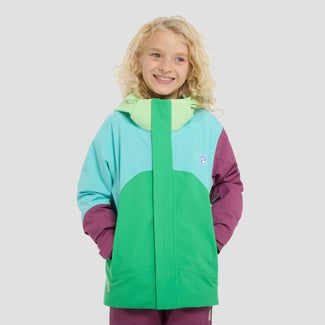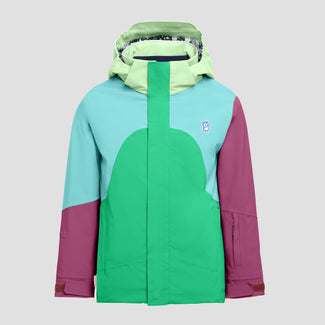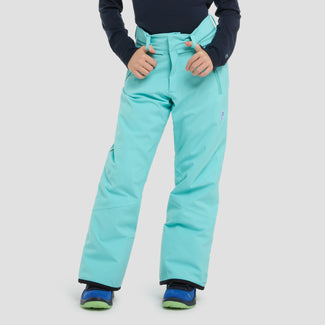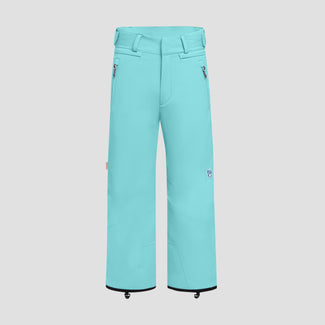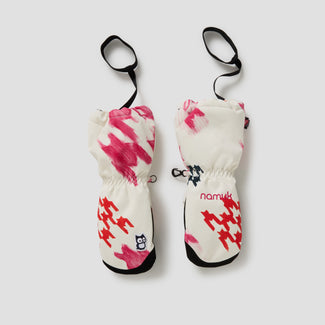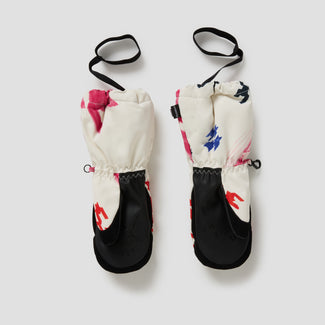Today, we’re building a little floating adventure! Drawing inspiration from the traditional reed boats built by the Uros of Lake Titicaca, we’ll show you how to construct a functional boat using reeds from nature. It’s the perfect project for little explorers and creative minds. And the best thing about it: it's not just a beautiful craft project, but it also provides plenty of space for individual ideas and decorations.
After having already inspired us with playful grass hearts and an imaginative gnome hut, Gabrielle from kindwaldundwiese takes us on another journey to discover the world of natural materials by making a reed boat from whatever nature gives us – reed, cord and a little bit of creativity. Gabrielle shows us how kids can transform the simplest of materials into a functioning play boat using their imagination.

The reed boat is ideal for kids from the age of 5 who can use their creativity with a bit of support. Kids aged 8 and older can also do it on their own. It’s the perfect activity for nature discovery days, craft afternoons or project days at school or daycare. The best time to build these boats is late summer or fall, when the reeds are nice and firm.
“I love working with the kids on projects that connect us directly with nature,” Gabrielle says. “Reed is such a versatile material that grows everywhere around us. It’s wonderful to process and leaves the kids in awe once the boat finally floats on the water.”
What do you need?
For this project you will need:
-
Reeds, preferably collected from the banks of a pond, lake or river
-
Garden shears or a pocketknife
-
Natural fiber cord (such as jute, hemp, or cotton)
-
A large leaf for the sail (from a maple or butterbur, for example)
-
Decorative flowers or other natural elements for decoration

“Reed is not just a renewable raw material that grows in many regions, but also a great choice for getting creative with kids,” Gabrielle explains. “It’s easy to work with and sturdy enough for a functioning boat.”
How it’s done: Build a reed boat in no time
1. Gather: Head to the water with the kids and collect reeds. Gabrielle emphasizes: “Remember to respect nature reserves and don’t cut reeds there. Also, don’t walk on the reed beds to avoid disturbing this sensitive area. The reed beds are a habitat and nursery for many animals.” Therefore, reeds should only be collected from the edge. For a boat, you’ll need 4-5 reeds, so only take as much as you need.

2. Prepare: Remove the leaves from the reeds and cut them all to the same length. Bundle up: Take several reeds and tie them tightly together at one end. This will form the hull of the boat.

3. Insert crossbars: Push the crossbars through the bundle of reeds and tie them tightly to create more stability.

4. Connect: Cut small slits into the crossbars and place reeds in them. This provides additional stability.

5. Mount the mast: Insert a long reed or a twig in the middle of the boat to act as the mast.

6. Attach the sail: Take a large leaf and fasten it to the top of the mast. “It’s always exciting to see how the kids work with simple materials and create a functioning boat,” Gabrielle continues. “It demonstrates how much you can do with nature using imagination and creativity.”

Tips & tricks for a floating masterpiece
Dry reeds are more stable: After you have collected the reeds, leave them to dry for a few days. This makes them even stronger and more resistant.
Four hands are better than two: When tying the cord and securing the crossbars, it helps if two people work at the same time. This provides more stability.
Playfully creating a connection with nature
“What I value most about this project is how it helps the kids to develop a better understanding of nature and its materials,” Gabrielle adds. “It’s not just about crafting, but also about feeling with our hands how nature helps us to realize our ideas.”

Building a reed boat is not only a creative activity, but also a wonderful way to teach kids about natural materials and sustainable crafting. “This activity creates a connection with nature while the kids learn to work with natural materials in a fun way,” Gabrielle concludes. In the end, every kid has a functioning, floating boat which gives them a real sense of achievement. Another very interesting aspect of this project is the research it involves: How should the boat be built for it to float particularly well? How far should the crossbars extend? And what is the ideal height of the mast?
Happy crafting, researching, and exploring! And maybe your reed boat will soon embark on a great voyage.





